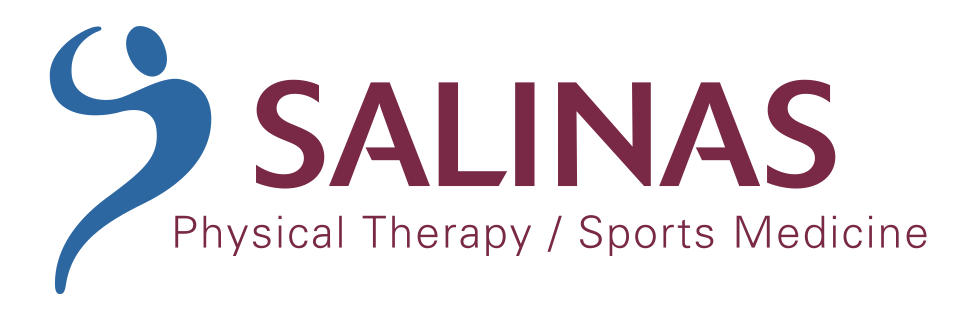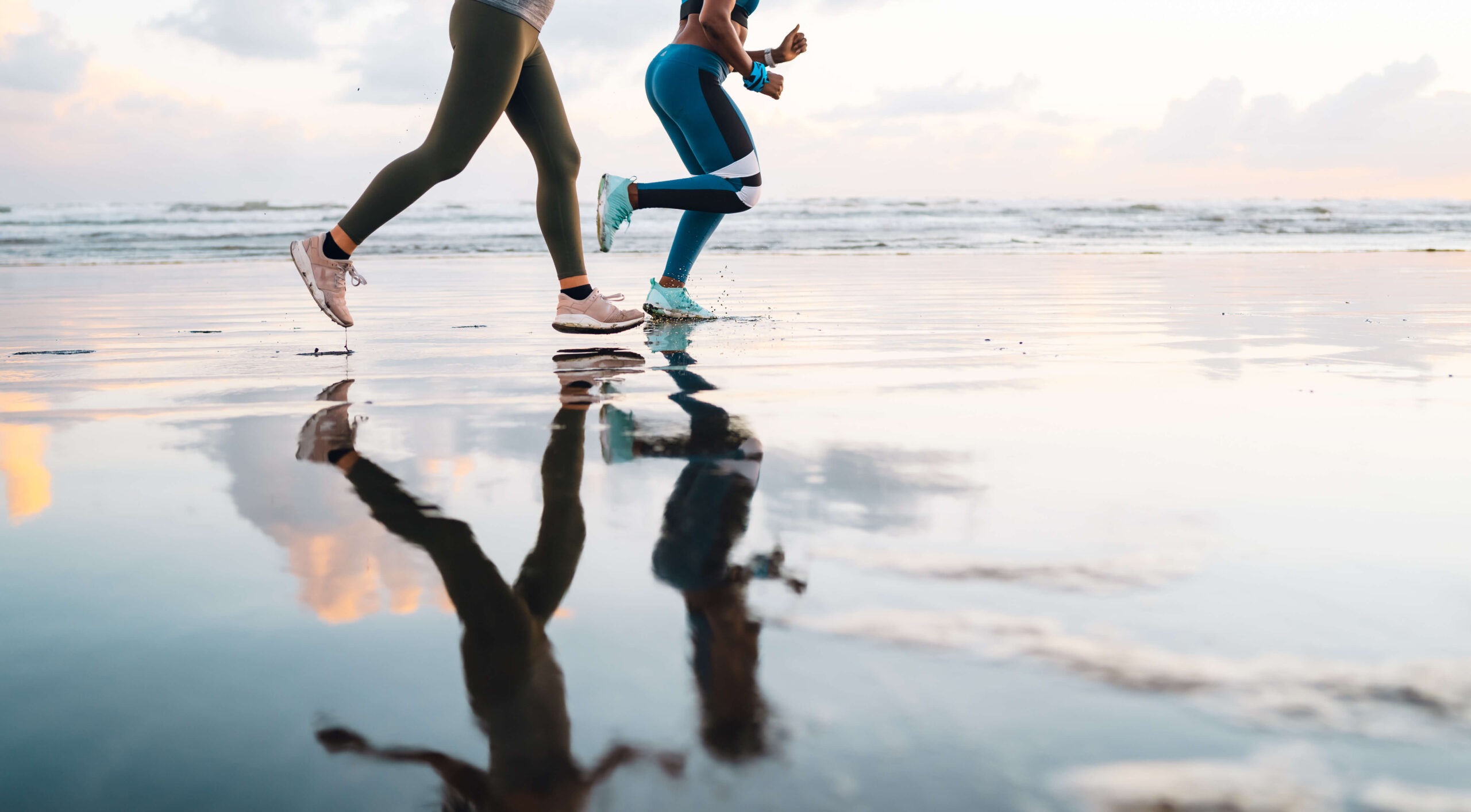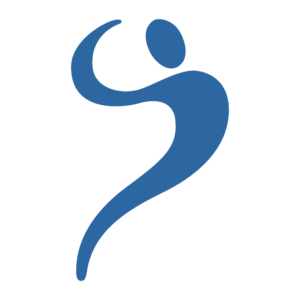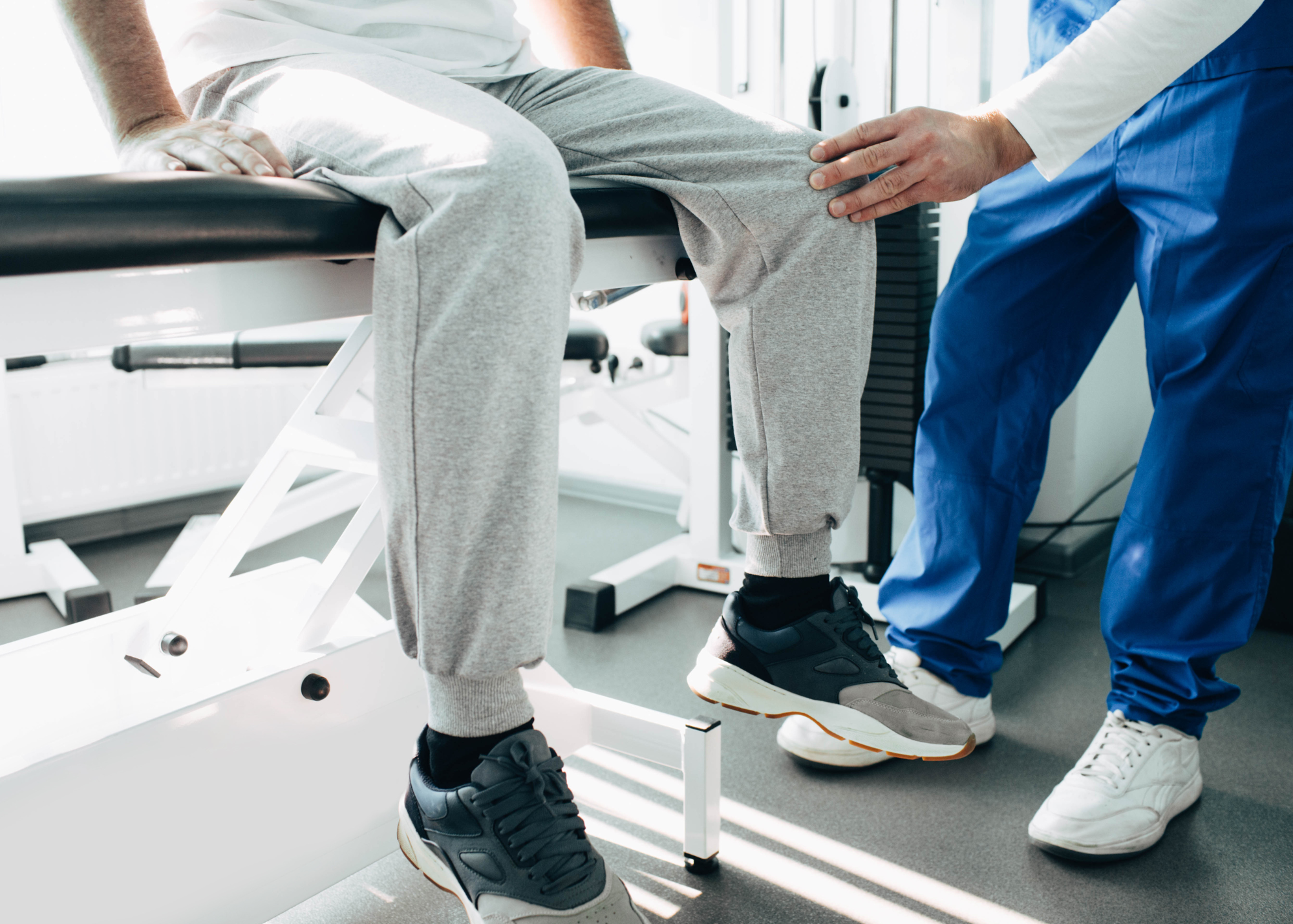Phone: (714) 695-1566
Fax: (714) 695-1553
Email: info@salinaspt.com
23655 Via Del Rio, Suite C
Yorba Linda, CA 92887

Phone: (714) 695-1566
Fax: (714) 695-1553
Email: info@salinaspt.com
23655 Via Del Rio, Suite C
Yorba Linda, CA 92887


An injury to the anterior cruciate ligament (ACL) has become one of the most common musculoskeletal injuries in physically active people. About one in 3,000, people suffer an ACL injury at some point in their lives. It is estimated that 300,000 people undergo ACL reconstruction (ACLR) in the US every year. Return to Sport Testing is a step toward providing athletes with a clear timeline that includes structured goals prior to Returning to Sport.
After an ACL injury or surgery, you might ask yourself a few questions:
Successful return to sport after ACLR is far from guaranteed. Recent systematic reviews have shown that 55% of people return to competitive sports after surgery.
Other studies have shown that younger individuals under the age of 25 will go on to suffer a second ACL injury.
So why is this happening? So many injuries, with only half of those, successfully returning to competition? It could be because we must meet all the criteria before getting athletes back on the field. Speeding through the rehab process can have more risks than benefits. A successful return to sports starts with completing a structured and comprehensive ACLR rehab program. The program should be designed and progressed with specific goals and criteria for the best opportunity to return to sport. The program must include functional training elements that address acceleration, deceleration, cutting, and jumping while focusing on the quality of movement.
A recent study of over 40000 individuals six months post-operative ACLR found that < 50% achieved at least 90 % of their strength. One of the biggest challenges during rehab is restoring the strength and size of the operative leg muscles, mainly the quadriceps.
Marked weakness of the quadriceps muscles frequently happens following injury, surgery, or pathology affecting the knee joint. This weakness is partly due to ongoing neural inhibition that prevents your brain from fully activating the quadriceps.

No two ACL injuries are alike. The individual, their sport, the demands of their sport, and the goals for recovery are unique to each person. A basketball player’s recovery plan will differ from a soccer player’s. With an understanding of the healing process, we can guide the treatment through each recovery phase:
During the acute / protection phase, we aim to reduce pain and inflammation and reactivate the quadriceps. We use neuromuscular stimulation and biofeedback to re-educate the quadriceps muscle. We continue to provide specific manual therapy and joint mobilization techniques to restore your knee range of motion to normal.
During this rehabilitation phase, you will experience a reduction in pain and inflammation while improving your ability to walk normally without an assistive device. As your knee continues to heal, specific exercises will be introduced to prepare the healing tissue for strengthening.
This phase involves progressive loading of your operative limb. It’s important to introduce various exercise forms targeting all weak muscles. As the knee adapts to the initial strengthening phase, we introduce hypertrophic loads to build muscle mass. When your muscles begin to approach normal, we introduce more functional training. Once your knee strength approaches normal, introduction to plyometric training is important to build muscle power and enhance neuromuscular control.
The final stage of rehabilitation addresses strength and neuromuscular control. Various functional drills are designed to help you move with better coordination. If appropriate, sport-specific drills are incorporated into this phase. At the end of this phase, you should be returning to most of your recreational activities. Additionally, you should begin the testing process to ensure you are ready to return to your sport gradually.
Once the rehab process nears its end, specific tests and criteria should be passed to yield the best outcome and safe return to sport. When we take a closer look at the demands of an athlete like a soccer player; he or she will need to run, accelerate, decelerate, and cut, all while getting bumped and reacting to split-second decisions. The demands of soccer are complex, and more than one test or time will be needed to determine when it is safe to return to a player to competitive play.
While every sport is unique, there are agreed-upon criteria that must be met to be considered for a potential return to sport.
Symmetrical knee ROM is your ability to bend and extend your knee fully without limitation or pain.
We use sophisticated dynamometers to measure the peak force of the muscles in comparison to the uninjured limb.
Hop Testing is a measure of power and energy-storing that can help us test neuromuscular control, strength, and the patient’s confidence in the affected limb.
This test provides insight into how well you can control your movement patterns through landing, cutting, accelerating and decelerating.
Poor psychological readiness is a factor that may prohibit a return to sport after injury and one that can exist even when physical impairments are resolved.
Most injured tissue is healed within 3-6 months. Even though the tissue has healed and the bandages have come off, the time since the injury first occurred is considered to gauge if an individual is ready to return to sport and compete.
While no consensus has been reached in the literature about when an athlete should return to competition, most sports medicine experts agree that there should be a battery of test and criteria for safe return to sport. Maybe it’s time to worry less about getting the athlete back on the field as soon as possible and more about assuring we have covered all of the athlete’s needs. By taking this approach, we can recommend the return to sport based on a structured program and reliable test results.
The decision to return an athlete to their sport is complex and should be carefully considered. We must recognize that every person is unique, just like the demands of their sport. For questions regarding our Return to Sport program or to schedule a test, use the Contact button below and a team member will reach out.